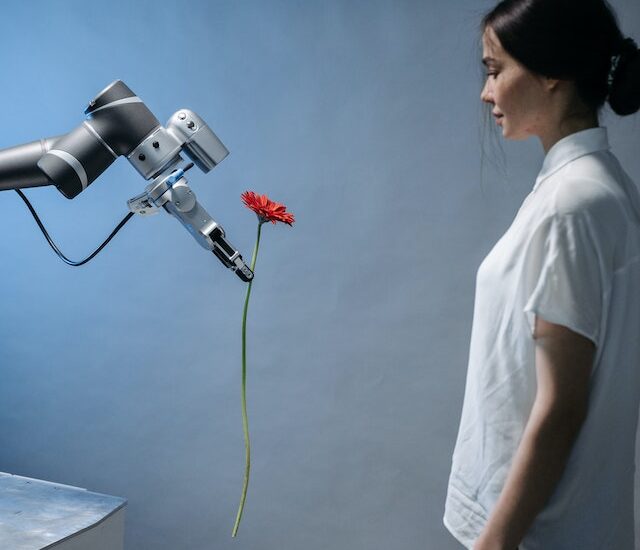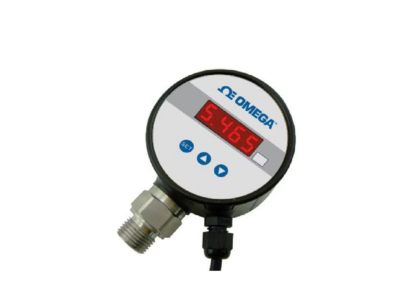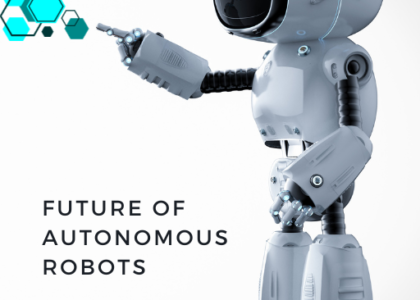Robots are increasingly being used in a variety of applications, from manufacturing and assembly to healthcare and personal assistance. However, one of the challenges of designing robots for these applications is creating a human-like sense of touch. While many robots have sensors that can detect pressure and force, they often lack the sensitivity and dexterity of human fingertips.
To address this issue, researchers are developing a new type of robot with human-like fingertips. These robots use a combination of advanced sensors, actuators, and algorithms to simulate the sensation and movements of human fingers. This technology has the potential to revolutionize a wide range of industries, from manufacturing and assembly to healthcare and personal assistance.
One key component of these robots is the use of tactile sensors. These sensors are designed to mimic the receptors in human fingertips that are responsible for sensing pressure, texture, and temperature. By using a combination of pressure-sensitive materials, micro-electromechanical systems (MEMS) technology, and advanced algorithms, these sensors can provide highly accurate and detailed feedback on the objects they touch.
Another important component of these robots is the use of advanced actuators. These actuators are responsible for controlling the movements of the robot’s fingers, and they must be highly precise and responsive in order to replicate the dexterity of human fingers. By using a combination of hydraulic or pneumatic systems, along with advanced motor control algorithms, these actuators can move the robot’s fingers with incredible accuracy and speed.
In addition to these hardware components, the development of software algorithms is also critical to creating robots with human-like fingertips. These algorithms are responsible for interpreting the data from the tactile sensors and translating it into precise movements of the robot’s fingers. By using machine learning and artificial intelligence techniques, these algorithms can be trained to recognize different types of objects and surfaces, and to adjust the robot’s movements accordingly.
One of the key benefits of robots with human-like fingertips is their potential to improve manufacturing and assembly processes. By using these robots to perform tasks such as sorting, packaging, and assembly, manufacturers can increase efficiency, reduce errors, and improve product quality. In healthcare, robots with human-like fingertips could be used to perform delicate surgeries and procedures, or to assist patients with mobility and daily activities.
Overall, the development of robots with human-like fingertips represents a significant advancement in the field of robotics. By combining advanced sensors, actuators, and algorithms, these robots can simulate the sensation and movements of human fingers with incredible accuracy and detail. As this technology continues to evolve, it has the potential to revolutionize a wide range of industries and applications, making robots an even more integral part of our daily lives.



